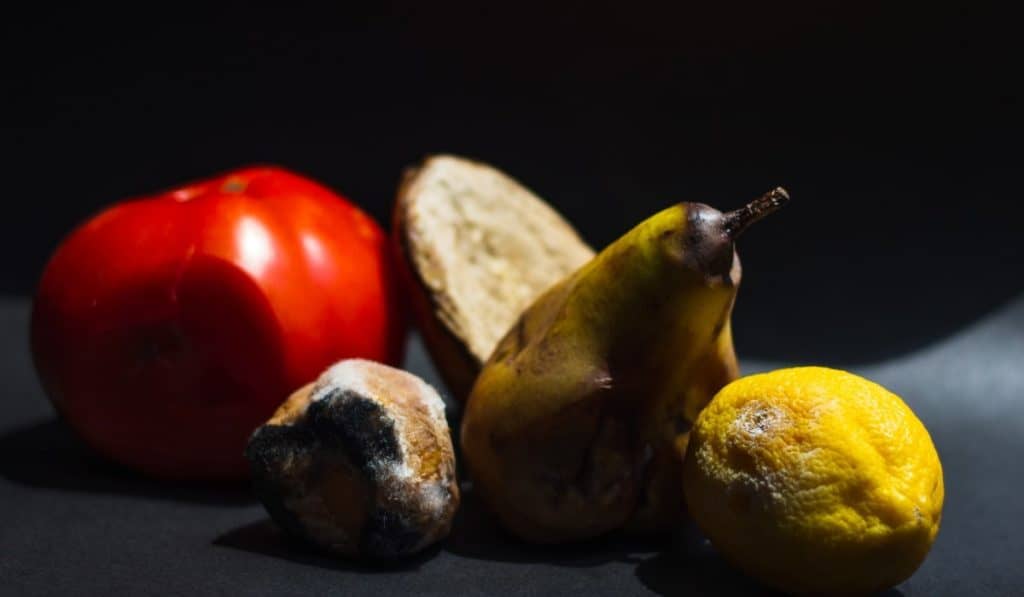In 1974, chemists at the National Food Processors Association (NFPA) analyzed the contents of canned goods recovered from a steamboat that sunk in the Mississippi River more than 100 years ago. Although the food has lost its fresh smell and original appearance, there was no trace of microbial contamination and was deemed safe for consumption (FDA Consumer Magazine). This event showcases how effective canning is in the long-term preservation of food.
Preppers and survivalists should stockpile canned food as emergency rations. They are a wonderful source of quick nourishment and they last for a long time. Below is a list of best canned food for long term storage and their expected shelf life past the printed expiration date.
- Canned Meat (Beef, pork, or chicken), +2 to 5 years after the expiry date (AED).
- Canned Fish and Seafood, +2 to 5 years AED
- Canned Soup, +2 to 4 years AED
- Baked Beans and Corn, +2 to 4 years AED
Vegetables and fruits on the other hand are short-lived with a shelf life of 1 to 2 years past their expiration date.
The shelf life of the different canned food presented above only describes how long each type can last before a significant deterioration of its nutritional value occurs. In theory, and as evidenced by the 1974 test done by the NFPA, canned food is safe for consumption indefinitely when stored in the proper conditions. In the case of the 100-year-old canned goods, these items were buried under the Mississippi River’s sand and mud, keeping it cool and relatively dry, while being protected from sunlight.
What is Canning and How Does it Work?
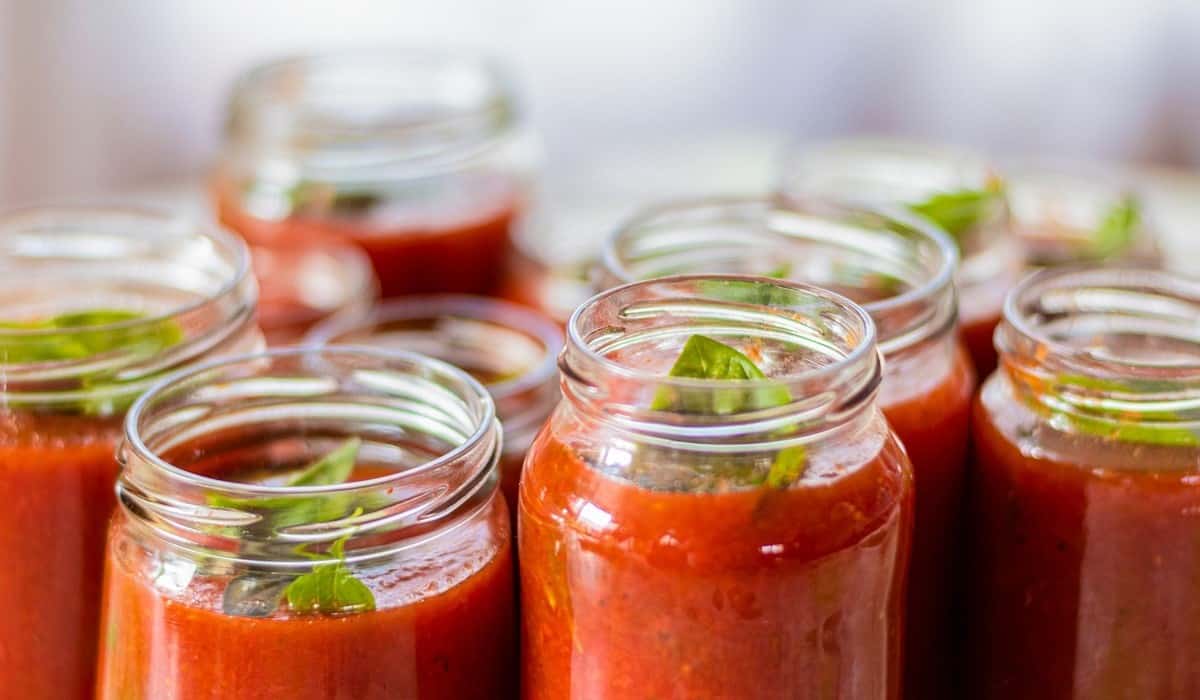
Canning is a process that allows food to be stored for extended periods. Food is placed and sealed inside an airtight metal container and heat-processed at 250 °F (121 °C). This kills any bacteria and deactivates natural enzymes which may cause spoilage.
Historically, canning was first done using thick, wide-mouthed glass jars and a cork or a metal lid to seal the mouth. Canning in glass jars involves boiling the jars in water for 10 to 15 minutes. As the food inside the jar cools down, it creates a vacuum that completely seals the metal lid, making the jar airtight. It prevents any new bacteria, moisture, oxygen, and other contaminants from getting in.
After boiling, the jars are left at room temperature for 10 to 15 minutes to cool down. According to research published in the journal Food Science and Nutrition, it’s an essential step that further sterilizes the contents of the jar, and contributes to increasing its shelf life.
Food Spoilage
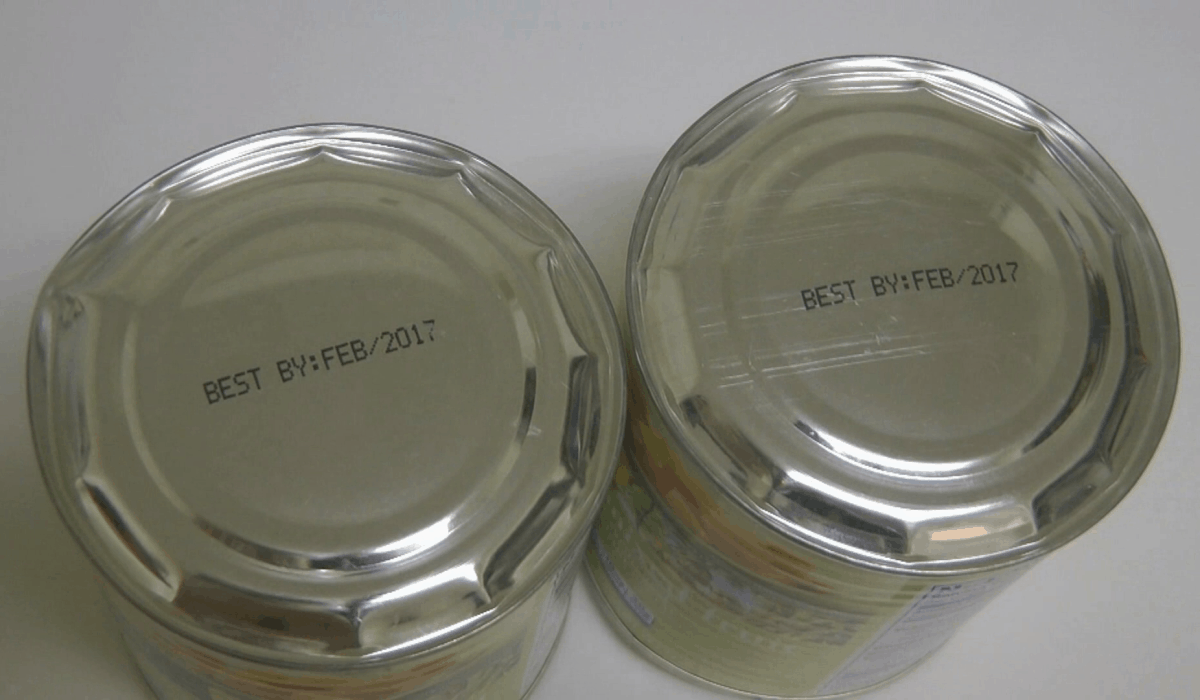
Spoilage of canned food can be due to a lapse in the canning process leading to the contamination of its contents. Accidental dropping, rough handling, and rust are common factors that can damage tin cans. Damaged cans are not airtight anymore and can let oxygen and bacteria in and cause spoilage.
Rusting of the twist-on lid in the case of glass jars can also result in the loss of their vacuum seal. Most lids have an indicator button that stays down as long as the seal is maintained. As such, its best to dispose of cans/jars that have:
- Bulging or heavily dented cans
- Heavily rusted cans and lid
- Metal lid with the indicator button popping up.
Consuming canned food from heavily damaged cans may pose a serious threat to health. Clostridium botulinum is a bacterium that causes botulism. They can sometimes be found in damaged cans of food. The toxin it produces causes severe stomach flu, paralysis, and even death.
Cans of food that have minimal rusting and minimal denting are still safe to consume. However, cans that are bulging even a little bit should be discarded. Bulges are often associated with Clostridium botulinum contamination.
Signs and Symptoms of Botulism Poisoning
The toxin produced by the C. botulinum bacteria is the offending agent that causes poisoning. Symptoms typically appear within 24 to 48 hours after the ingestion of contaminated food. The toxin disrupts the nervous system and produces the following symptoms:
- Double vision
- Droopy eyelids
- Trouble swallowing
- Difficulty breathing (paralysis of the diaphragm muscle)
Without treatment, people can die from botulism through suffocation, when their diaphragm gets completely paralyzed as an effect of the toxin.
Optimal Storage Condition
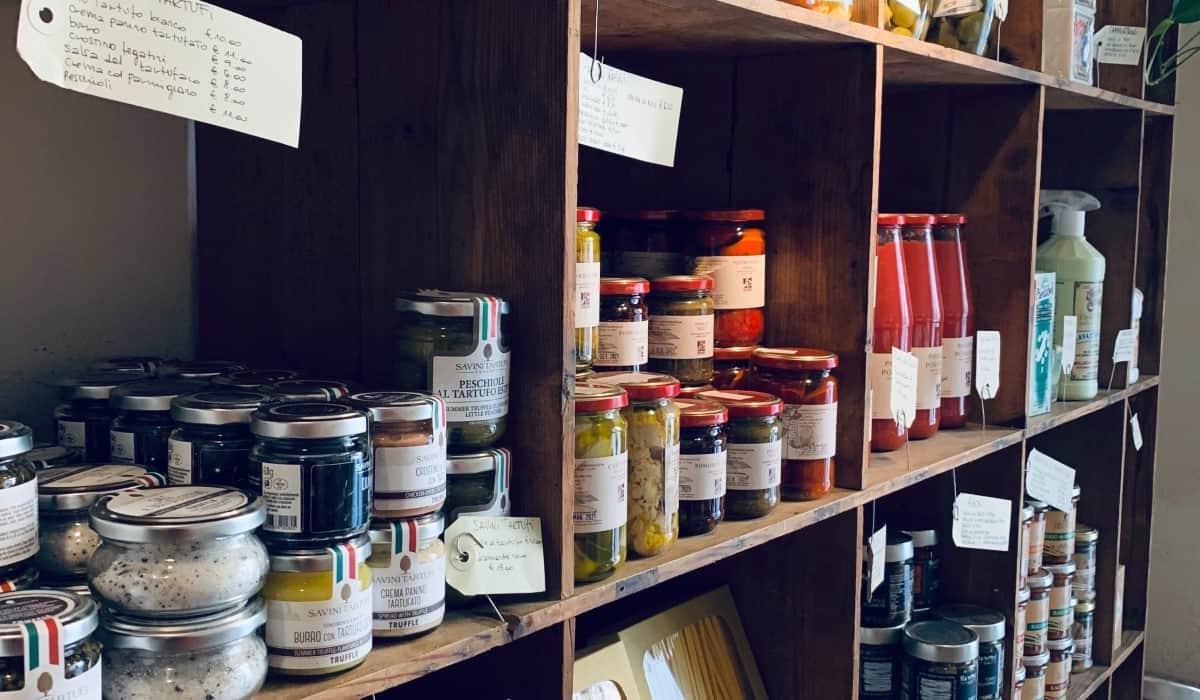
A cool and dry space, away from sunlight is the best storage location. The best temperature of the storage space is around 50 to 70 °F (10 to 21.1 °C). Storing them in temperatures above 75 °F (23.8 °C) significantly reduces their shelf life. It’s important to keep the cans and jars dry to prevent rusting of any metal parts.
Freezing expands the fluid inside jars and cans, which often causes bulging that compromises their integrity. For jars, freezing can also cause them to break, especially those that are filled to the brim. As such, it’s not a good idea to store canned goods in locations that can freeze like a car trunk, the garage, or a shed.
Shelf-Life and Stability
The shelf life of canned foods is affected by the quality of the container, how they were stored, and the acidity of its content. In general, the more acidic a food is, the shorter its shelf life becomes. Acidic food like vegetables and fruits corrodes their container over time, which results in a shorter shelf life.
That is why non-acidic food like meat and fish can last longer. However, all food can cause container corrosion. It only occurs faster for acidic food like tomato sauce. A quick way to determine if a food is acidic is by its sour taste. However, it doesn’t mean that non-sour food can’t be acidic.
Best Canned Food for Long Term Storage
The best canned goods for long-term storage are those that are non-acidic or only slightly acidic.
-
Canned Meat
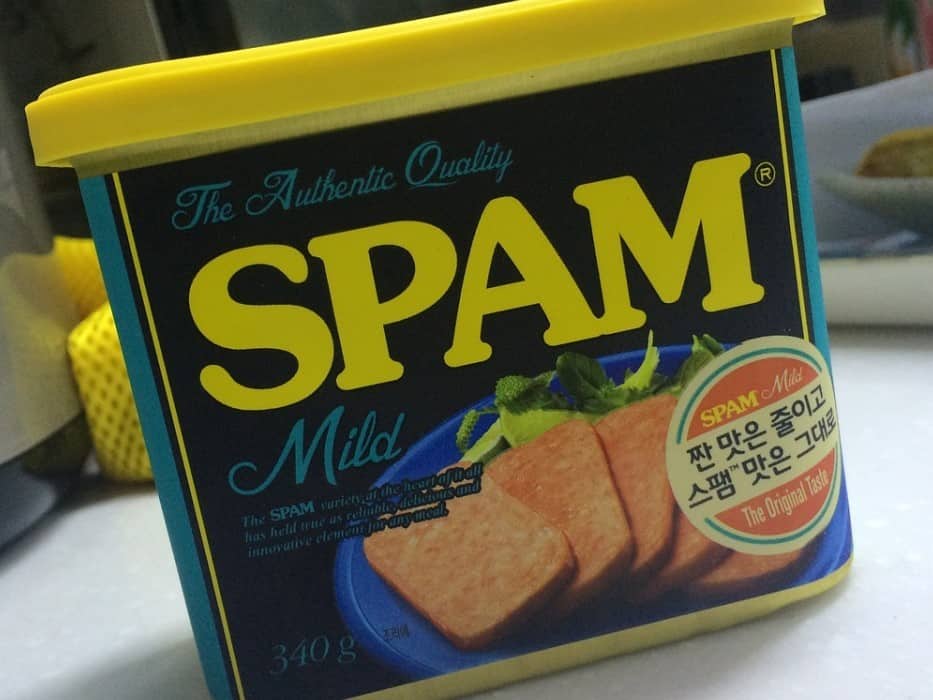
Canned beef, pork, and poultry have the same shelf life of 2 to 5 years after their expiry date. Past this date, their nutritional values, smell, and taste begin to significantly degrade. Despite this, as long as their container remains intact, these goods can be considered safe for consumption indefinitely.
However, this is only true for canned meat that is non-acidic. As a rule, any meat preparation mixed with an acidic sauce or soup should be expected to have a shorter shelf life.
Among the best meat products for longer storage regardless of brand are:
- SPAM or generally all types of canned meatloaves
- Corned beef
- Canned sausages
- Canned ham
- Potted meat
- Canned chicken or turkey
- Liver spread
-
Canned Fish and Other Seafoods
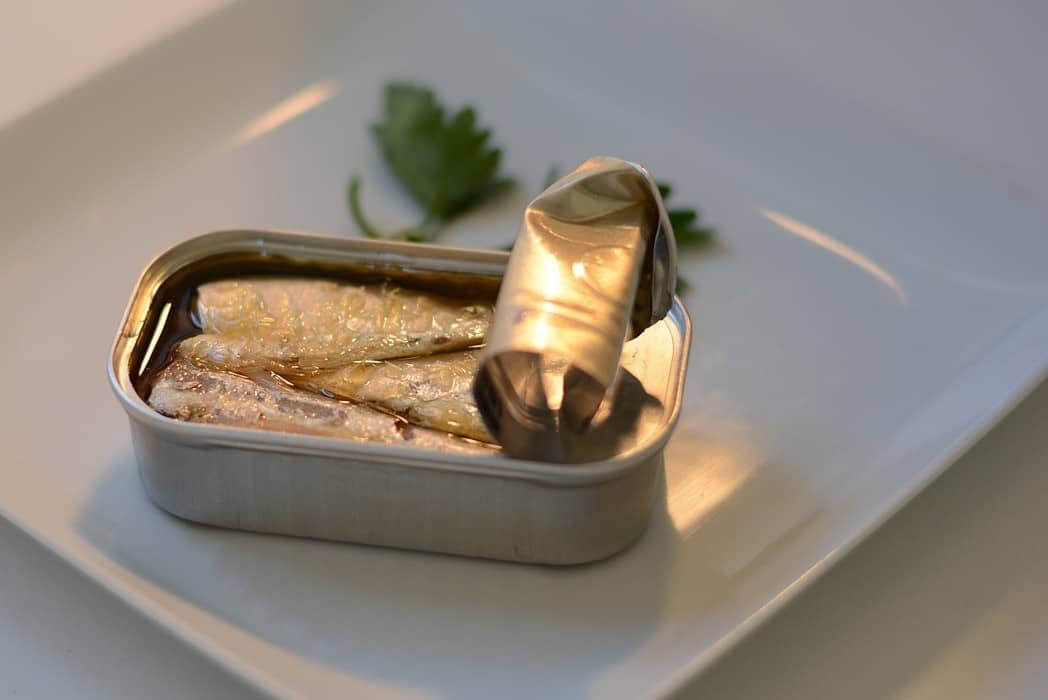
Fish and other seafood are another type of canned goods that lasts for a long time. Similar to canned meat, as long as they are not mixed with an acidic sauce or soup, these types of canned goods will last for more than 5 years in the best storage condition. These are typically canned with oil; however, some are canned with tomato sauce and should generally be avoided.
Some of the best canned seafood includes:
- All types of canned fish: Sardines, anchovies, salmon, tuna, and mackerel in oil.
- Canned squid
- Canned oysters
- Canned mussels and clams
-
Canned Soup
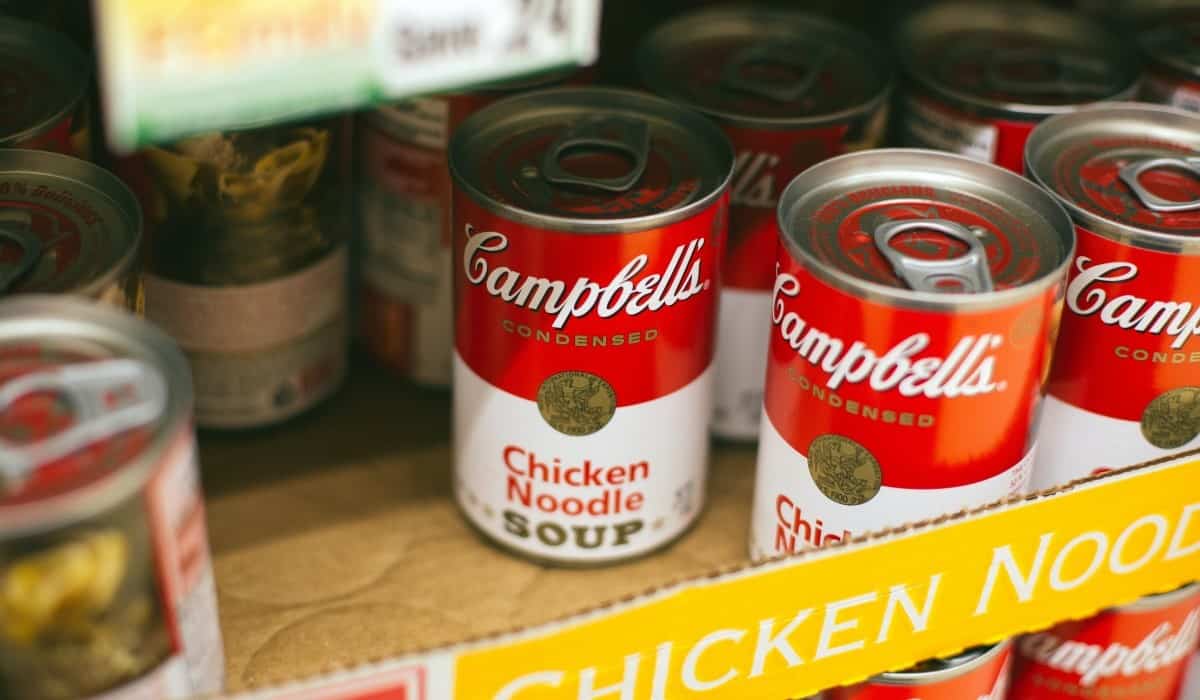
Canned soup that doesn’t contain tomatoes will last for more than 4 years when stored properly. A few examples are:
- Chicken noodle soup
- Cream of corn
- Canned broth and stock
-
Baked Beans and Corn
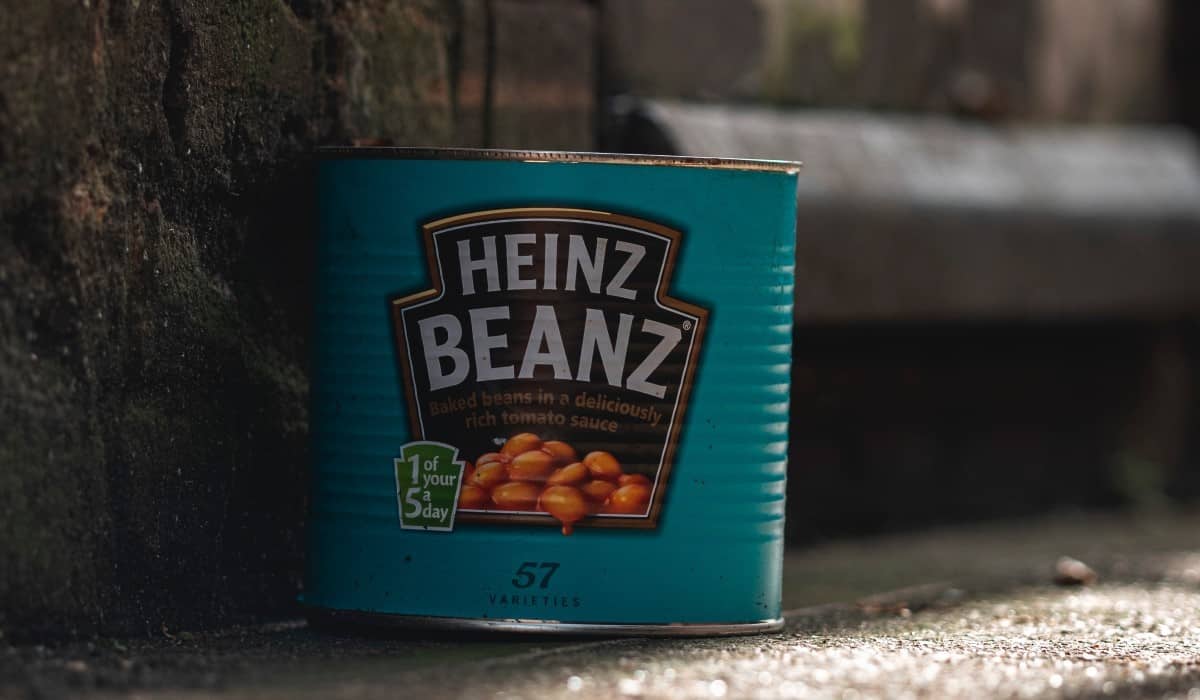
Most beans, especially those that are baked are non-acidic and will keep for a long time. Beans that are freeze-dried before canning typically last longer. Additionally, canned corn is also less acidic and will last longer than other vegetables.
Acidic Food for Long Term Storage
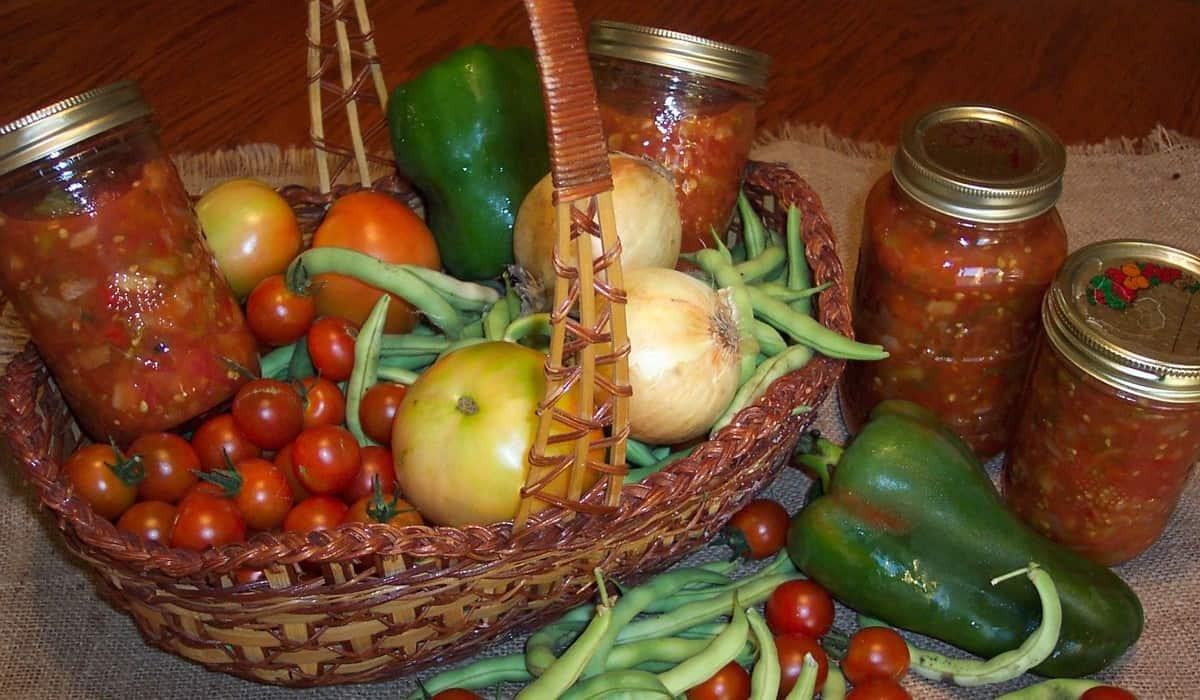
As a rule, all acidic canned foods are least likely to last for a long time. However, this only applies to those that are preserved using metal cans. A way around this problem is the use of glass jars. As such, tomato sauces, or acidic food that is stored in glass containers will last for 5 years or more in the best storage condition.
Although acidic food can’t degrade glass, these jars are still sealed with a metal lid. For them to last more than 5 years, under no circumstance should the acidic food inside the glass jars ever touch the lid. It might be difficult to ascertain this when buying from stores as you never know how carefully the jars were handled during transport.
However, by canning your vegetable and fruits, you can fill the jar with the appropriate amount of food to prevent it from touching the lid.
Best Practice When Storing Canned Food
First in, first out. This is a system that applies to every item being stored. What it means is that the oldest item you put away should be used first before any newly acquired items. In food storage, this allows for the rotation of goods which minimizes the accumulation of expired food.
To supplement this system, the stockpile of food should be refreshed regularly. Although canned food lasts indefinitely in optimal storage, its nutritional value continues to degrade. Preppers and survivalists should regularly replenish their stockpiles and either consume the ones nearing expiry or donate them to charity.

